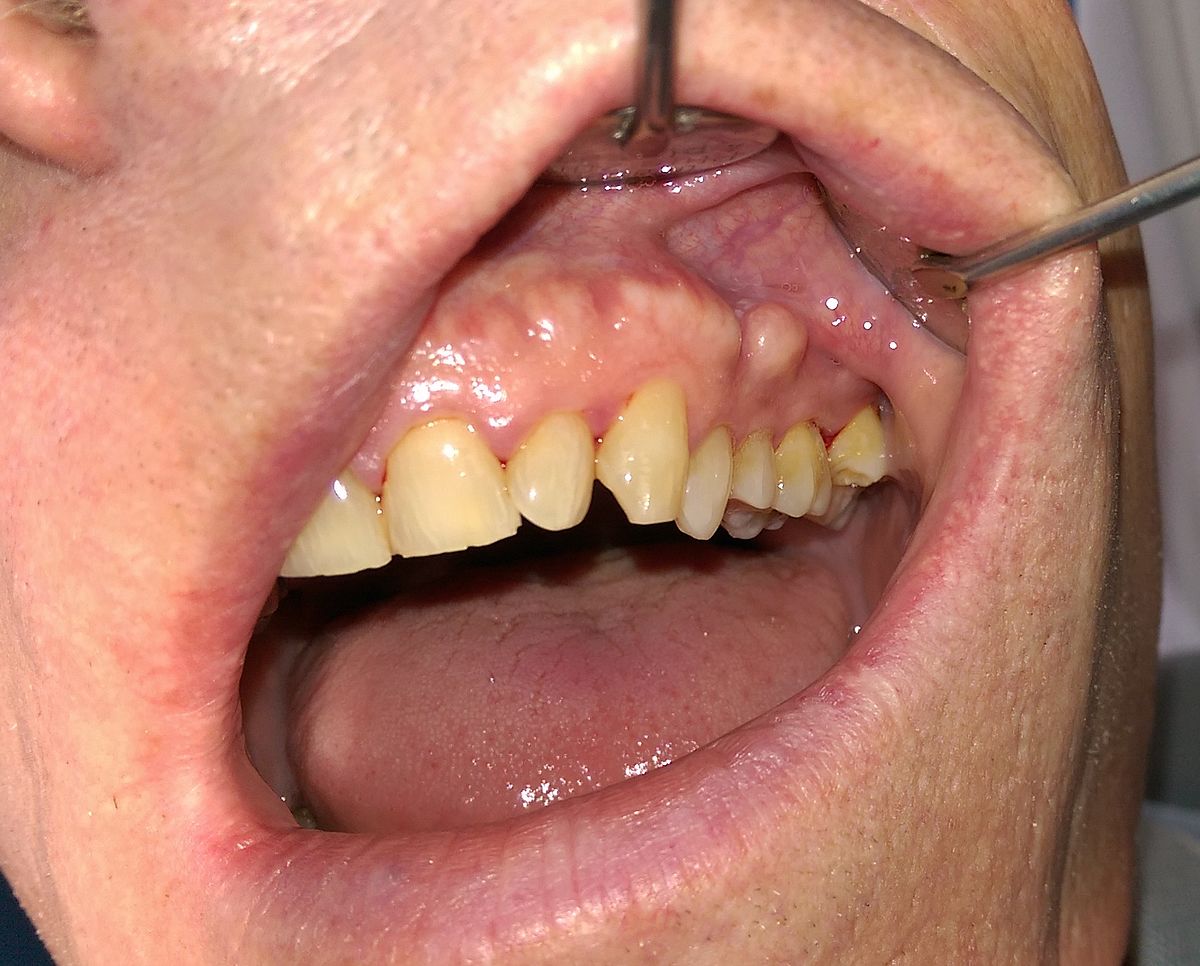Wisdom Teeth Bone Spurs: Relief And Removal Options

The presence of wisdom teeth, also known as third molars, can sometimes lead to the formation of bone spurs in the jaw. These bone spurs, which are abnormal growths of bone, can cause discomfort, pain, and difficulty chewing or speaking. The relationship between wisdom teeth and bone spurs is complex, and understanding their causes, symptoms, and treatment options is crucial for individuals experiencing these issues.
Understanding Wisdom Teeth and Bone Spurs
Wisdom teeth typically emerge between the ages of 17 and 25. In some cases, these teeth may not have enough room to grow in properly, leading to impaction. When a wisdom tooth is impacted, it can push against the surrounding bone and tissue, causing inflammation and potentially leading to the development of bone spurs. Bone spurs, also known as osteophytes, are growths of bone that can form on the edges of joints or on other bones. In the context of wisdom teeth, bone spurs can develop on the jawbone as a response to the pressure and irritation caused by an impacted tooth.
Symptoms of Wisdom Teeth Bone Spurs
The symptoms of bone spurs caused by wisdom teeth can vary depending on their location and size. Common symptoms include:
- Pain or tenderness in the jaw or face
- Difficulty chewing or speaking
- Swelling or inflammation in the affected area
- Limited mobility in the jaw
- Numbness or tingling in the teeth or gums
- Bad breath or an unpleasant taste
Relief Options for Wisdom Teeth Bone Spurs
While removal of the wisdom tooth or bone spur is often the most effective treatment, there are some relief options that can help manage symptoms in the short term:
- Pain Management: Over-the-counter pain medications such as ibuprofen or acetaminophen can help alleviate pain and discomfort. In some cases, a dentist or oral surgeon may prescribe stronger pain medication.
- Ice or Heat Application: Applying an ice pack or a warm compress to the affected area can help reduce swelling and ease pain.
- Soft Diet: Eating soft foods and avoiding hard or chewy foods can help reduce discomfort and prevent further irritation.
- Good Oral Hygiene: Maintaining good oral hygiene, including regular brushing and flossing, can help prevent infection and promote healing.
Removal Options for Wisdom Teeth Bone Spurs
In many cases, the best course of treatment for wisdom teeth bone spurs is removal of the offending tooth or bone spur. Removal can be performed by an oral surgeon or a dentist with specialized training. The procedure typically involves:
- Surgical Extraction: The wisdom tooth is removed surgically, either partially or fully impacted. This can be done under local anesthesia or sedation, depending on the individual’s needs and preferences.
- Bone Spur Removal: The bone spur is removed surgically, often at the same time as the wisdom tooth. This can help alleviate symptoms and prevent further complications.
- Post-Surgical Care: After removal, it’s essential to follow post-surgical instructions carefully, including resting, using ice or heat as directed, and maintaining good oral hygiene to promote healing and prevent infection.
It's crucial to address wisdom teeth and bone spurs promptly, as delaying treatment can lead to more severe symptoms and potentially more complex treatment requirements. Early intervention can help prevent complications and improve outcomes.
Comparative Analysis of Removal Options
| Removal Option | Description | Benefits | Risks |
|---|---|---|---|
| Surgical Extraction | Removal of the wisdom tooth | Relief from symptoms, prevention of further complications | Risk of infection, dry socket, or nerve damage |
| Bone Spur Removal | Removal of the bone spur | Alleviation of symptoms, improved jaw mobility | Risk of infection, nerve damage, or temporary numbness |
| Combined Procedure | Removal of both the wisdom tooth and bone spur | Comprehensive treatment, reduced risk of future complications | Increased risk of infection, longer recovery time |

Myth vs. Reality: Wisdom Teeth and Bone Spurs
There are several misconceptions surrounding wisdom teeth and bone spurs. One common myth is that wisdom teeth always need to be removed. While it’s true that many wisdom teeth are impacted and may require removal, some individuals may not experience any issues with their wisdom teeth. Another myth is that bone spurs are always caused by wisdom teeth. In reality, bone spurs can be caused by a variety of factors, including aging, arthritis, or trauma to the jaw.
What are the risks associated with wisdom teeth removal?
+The risks associated with wisdom teeth removal include infection, dry socket, or nerve damage. However, these risks can be minimized by following post-surgical instructions carefully and attending follow-up appointments with your dentist or oral surgeon.
Can bone spurs be treated without removing the wisdom tooth?
+In some cases, bone spurs can be treated without removing the wisdom tooth. However, this typically requires that the wisdom tooth is fully erupted and not impacted. Your dentist or oral surgeon can evaluate your individual situation and recommend the best course of treatment.
How long does it take to recover from wisdom teeth removal?
+Recovery time from wisdom teeth removal can vary depending on the individual and the complexity of the procedure. Generally, it's recommended to rest for 24-48 hours after surgery and avoid strenuous activities for 3-5 days. Your dentist or oral surgeon can provide personalized guidance on recovery and follow-up care.
Conclusion
Wisdom teeth and bone spurs can be a source of significant discomfort and pain. Understanding the causes, symptoms, and treatment options is essential for individuals experiencing these issues. While relief options can help manage symptoms in the short term, removal of the offending tooth or bone spur is often the most effective treatment. By addressing wisdom teeth and bone spurs promptly and seeking professional care, individuals can alleviate symptoms, prevent further complications, and improve their overall quality of life.
